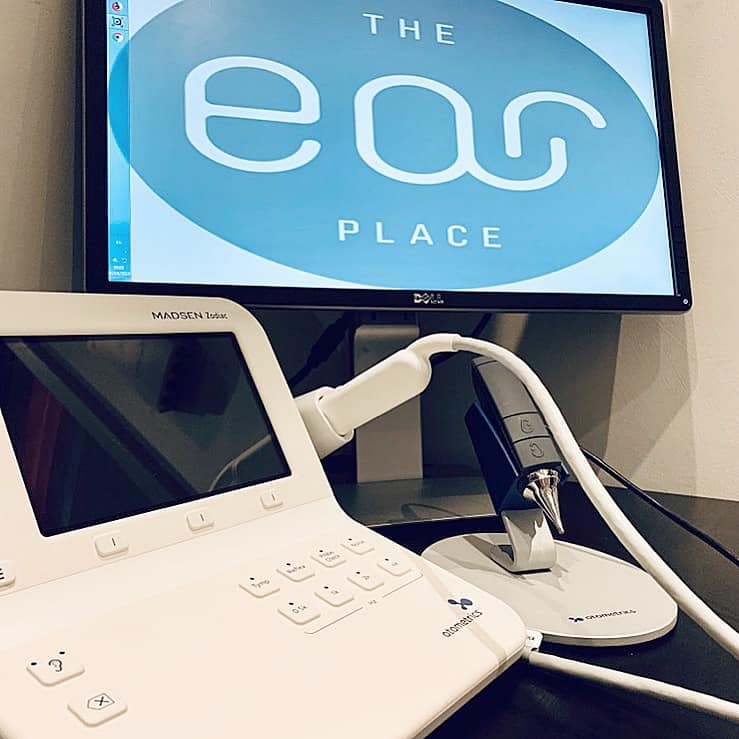Here And Now
How To Read An Audiogram

An audiogram is like a map that shows how well you can hear different sounds. It has two main parts: the loudness and the pitch.
The loudness is shown on the vertical (up and down) side of the graph. It goes from quiet at the top to loud at the bottom. The softer sounds are at the top, and the louder ones are at the bottom.
The pitch is shown on the horizontal (left and right) side of the graph. It goes from low pitch on the left to high pitch on the right. The low sounds give us volume in our speech, it is also where sounds such as thunderclaps sit. The higher sounds give us speech clarity and understanding, along with bird song.
Now, on the audiogram, you'll see X's and O’s. These represent the sounds you listened to during the hearing test. If the X's or O’s sit below 20dB on the graph this would indicate that you have a hearing loss. If the X’s or O’s and lower down the graph on the left side it means you can’t hear the deeper sounds as well. If you the X’s or O’s are lower down on the right side of the graph it means you can’t hear the higher sounds as well.
So, when you read an audiogram, you're basically looking at how well you hear different levels of softness and different pitches of sounds. It helps the audiologist know if you have any hearing difficulties and where they might be.
Introduction: You'll meet a person called an audiologist who is an expert in hearing. They will explain what will happen during the test.
Quiet Room: You will go to a quiet room where there isn't much background noise. This helps the audiologist measure your hearing accurately.
Headphones: You will wear special headphones that play different sounds. These headphones make sure that only the sounds from the test go into your ears.
Sounds: The audiologist will play various sounds, like beeps or tones, at different volumes and pitches. These sounds might be soft or loud, high or low.
Raise Your Hand: When you hear a sound, no matter how soft, you raise your hand or press a button to let the audiologist know that you heard it.
Different Frequencies: They will test different pitches or frequencies of sounds, from low to high. This helps the audiologist understand which sounds you can hear well and which ones you might have trouble hearing.
Results: The audiologist records your responses to the different sounds. Based on your responses, they can create a graph or chart that shows how well you can hear at different pitches and volumes.
Discussion: After the test, the audiologist will talk to you about the results. They'll explain if your hearing is normal or if you might have any hearing difficulties. They can also suggest solutions if needed, like wearing hearing aids.
This piece was written by our Audiologist Rebecca who can be found in our Dore, Hessle, and Stocksbridge locations. If you would like to book in to see Rebecca, please email Sheffield@earplace.co.uk